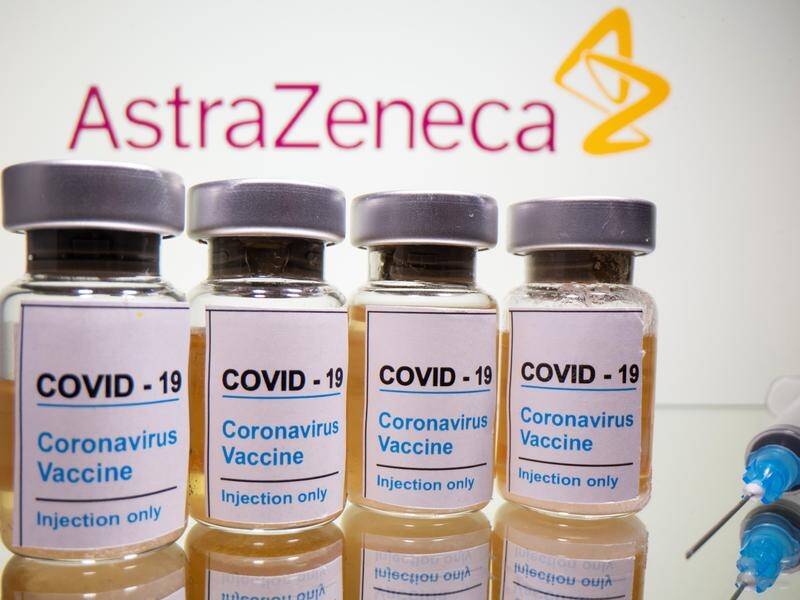
Suddenly, we have a host of vaccines.
Subscribe now for unlimited access.
$0/
(min cost $0)
or signup to continue reading
The American pharmaceutical company Pfizer and its German partner BioNTech said that their trials indicated its candidate was more than 95 per cent effective at stopping COVID-19.
A second US pharmaceutical company, Moderna, together with the US National Institute of Allergy and Infectious Diseases has said its vaccine is 94.5 per cent effective.
And the British-Swedish company AstraZeneca, together with researchers at Oxford University, found its potential vaccine was between 70 per cent and 90 per cent effective in stopping COVID-19, depending on the vaccine doses administered.
On top of that, vaccines have been developed by the Chinese Academy of Military Sciences with CanSino Biologics and by the Gamaleya Research Institute, which is part of the Russian health ministry. Both countries have approved the vaccines without waiting for the results of late-stage trials.
Experts outside the countries say the Chinese and Russian authorities have been premature. The vaccines are unlikely to be available in Australia, at least not without more robust results.
Vaccine effectiveness is calculated by how many vaccinated people are infected with a virus compared with how many catch the disease in a similar unvaccinated group - so 95 per cent effectiveness is very effective.
A common expert view is that a vaccine needs to be at least 50 per cent effective to be worth using. The American and British vaccines jump that hurdle with ease.
What are the differences?
Vaccines work by tricking the body into mounting a defence against the virus.
But the Pfizer and Moderna vaccines use a different, much newer technique from the AstraZeneca one.
The products of the first two companies are what are called mRNA vaccines.
They are created genetic material which, according to Pfizer, is "injected into the body and enters cells, where it provides instructions to produce antigens (a piece of the virus)". This then triggers the immune system to mount a response.
The AstraZeneca substance is a more traditional form of vaccine. It's a weakened version of a common cold virus and when it's injected, it gives a very mild, controlled form of infection to which the body puts up the defences.
But there's a delay with the Oxford vaccine
The AstraZeneca vaccine was originally meant to be trialled with two injected doses to each person.
It turned out that there was an error and some people were only given a half dose in the first injection. It then turned out this half-dose provided greater protection than a full dose.
Scientists don't know why but it does mean that more trials will be needed, though the company's chief executive downplayed the idea this would mean a substantial delay. The major work had been done and a limited follow-up was necessary.
"Now that we've found what looks like a better efficacy we have to validate this, so we need to do an additional study," Pascal Soriot said.
What are the pros and cons?
A big downside of the Pfizer vaccine is that it needs very low temperatures to store it (minus 70 degrees Celsius), and that would present a difficulty in transporting large quantities and distributing it, particularly in poor countries and perhaps in remote areas of rich countries like Australia. Special storage fridges would be needed and ice-packs on planes.
Old people might have to go to vaccination centres rather than being vaccinated in homes for the aged, for example.
But the upside of the two mRNA vaccines is that they are easier to scale up to mass manufacturing.
The more traditional vaccine has to be grown in a lab, albeit on a large scale. It is not easy to automate the process.
But the conventional vaccines may well be cheaper.
Which will be best?
Probably a mixture, according to two researchers at Griffith University.
"We don't want to put all our eggs in one basket," Suresh Mahalingam and Adam Taylor wrote.
"Ultimately, it is likely we'll need a repertoire of COVID-19 vaccines to offer widespread protection. Different vaccine formulations will ensure vaccination is safe and effective for all members of society, including infants, the elderly and people with weakened immune systems."
The Australian government has agreed to buy four different vaccines, assuming the trials show they are effective.
But we're not there yet
The results of the three companies have been welcomed. "It's really good news," according to Professor Ian Frazer of the University of Queensland which is also developing a vaccine under his guidance.
Of the ones where results are so far known, he said: "The crunch questions are, are they safe, really safe?
"The data at the moment is limited to a fairly big crowd but you could miss a one-in-a-100,000 serious complication there and that's something we need to know about.
"And the other thing that we really don't know about yet at the moment is duration of protection because that's going to determine how often we have to be vaccinated, and that in turn will determine which vaccines are likely to be used."
He said the very cold storage needs of the Pfizer vaccine presented a problem because "there's only limited number of places in this country at the moment that can get the vaccine out, and in the developing world that would be impossible."
So when?
Australia has got five separate agreements for vaccines.
The University of Oxford/AstraZeneca candidate has been manufactured at the biotech company CSL's plant in Melbourne since November 9, pending approval for use by the Therapeutic Goods Administration.
The federal government says Australia is on track to deliver the first vaccines in March, with health workers and the elderly first in line. All Australians would be offered a free vaccine in 2021.
The best estimate is that we will have general immunity (herd immunity) so the epidemic is over, in the second half of next year. Maybe sooner.


